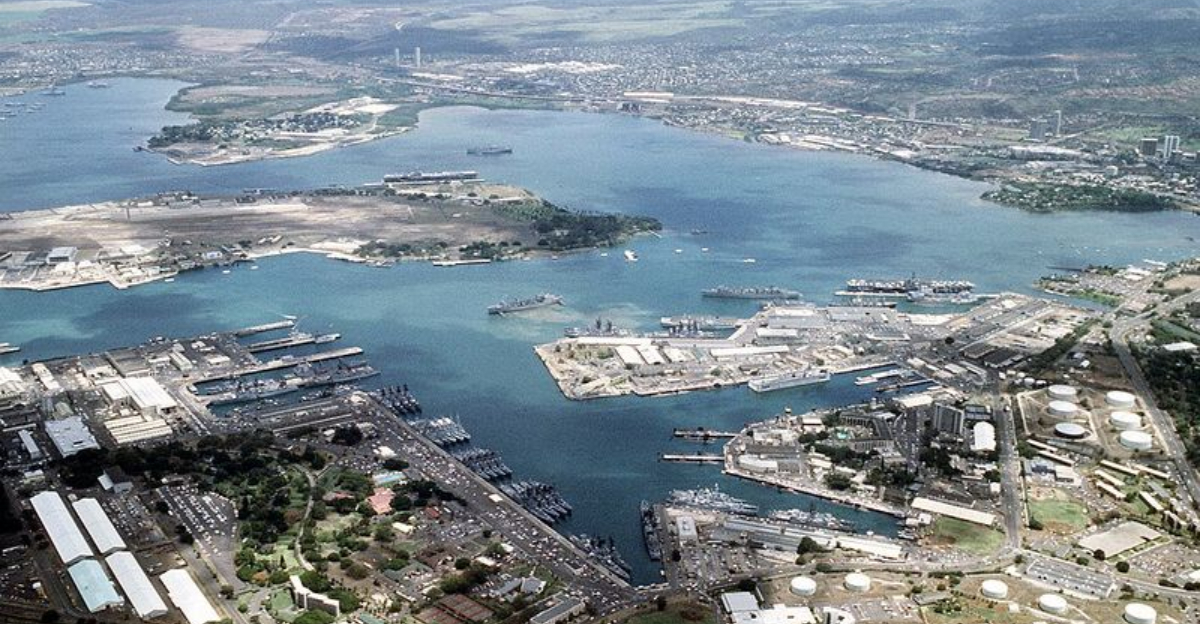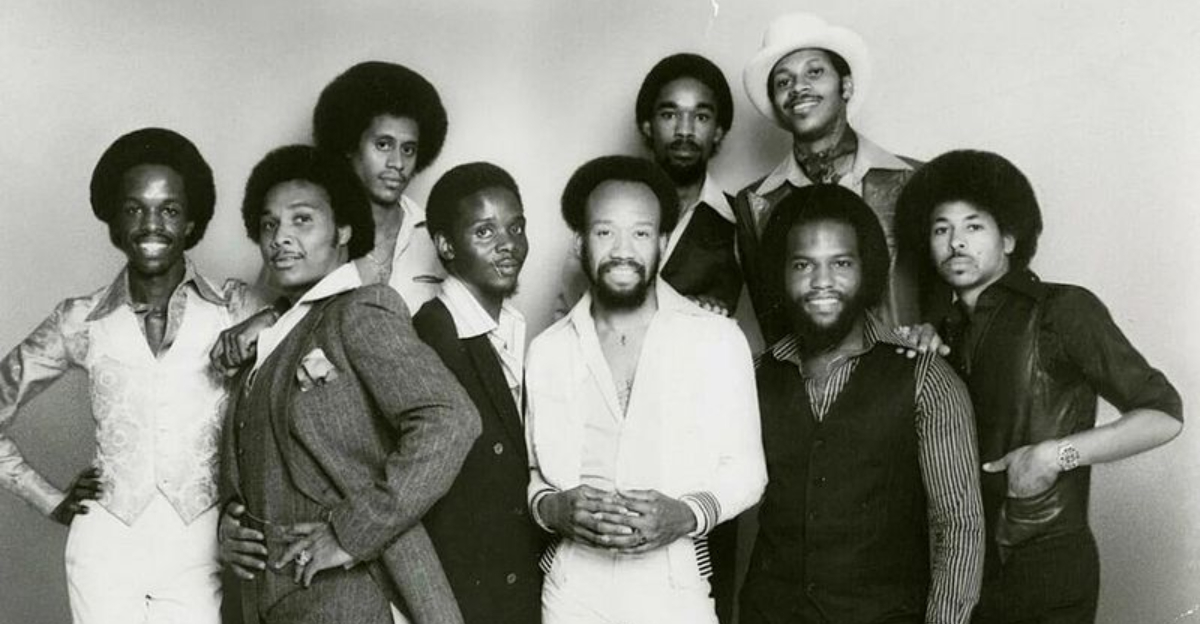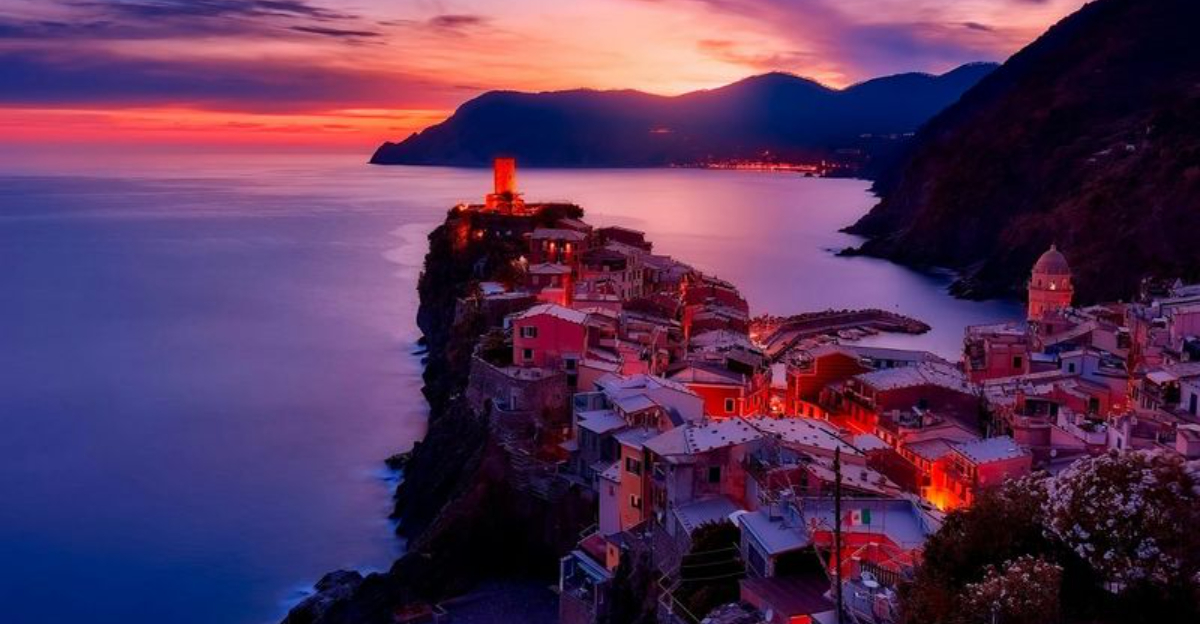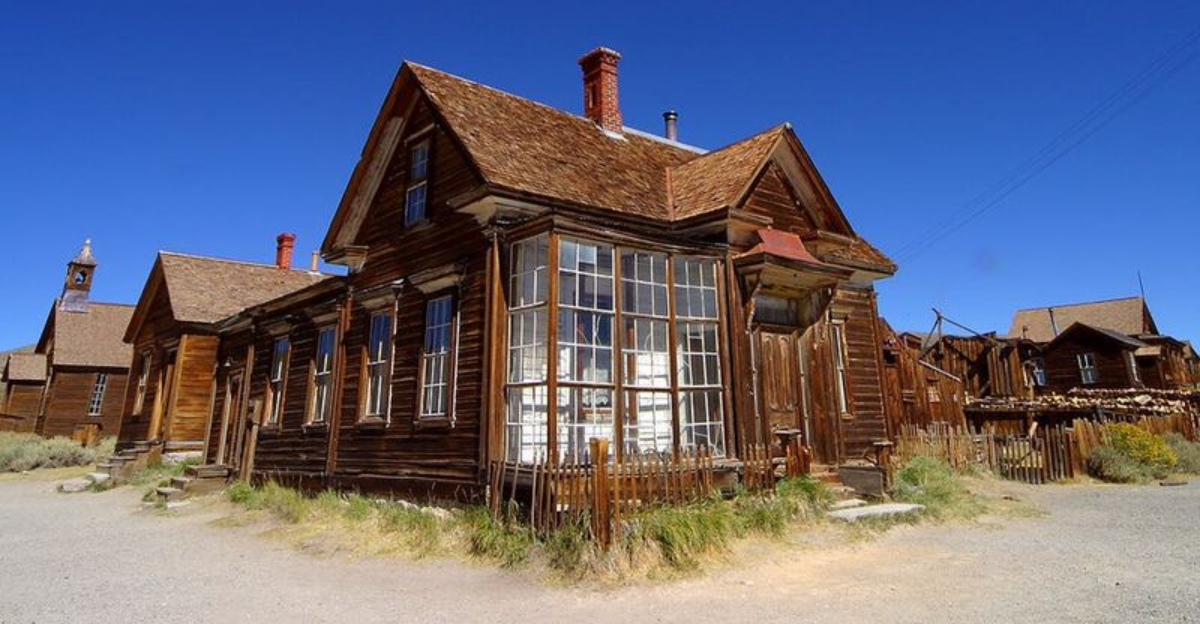12 Beautiful French Cities Travelers Often Miss But Shouldn’t
France stretches far beyond the Eiffel Tower and the lavender fields of Provence.
Hidden across the countryside and tucked into valleys are charming cities brimming with history, stunning architecture, and authentic local culture.
These overlooked gems offer travelers a chance to experience the real France without the crowds and tourist traps that plague more famous destinations.
1. Annecy
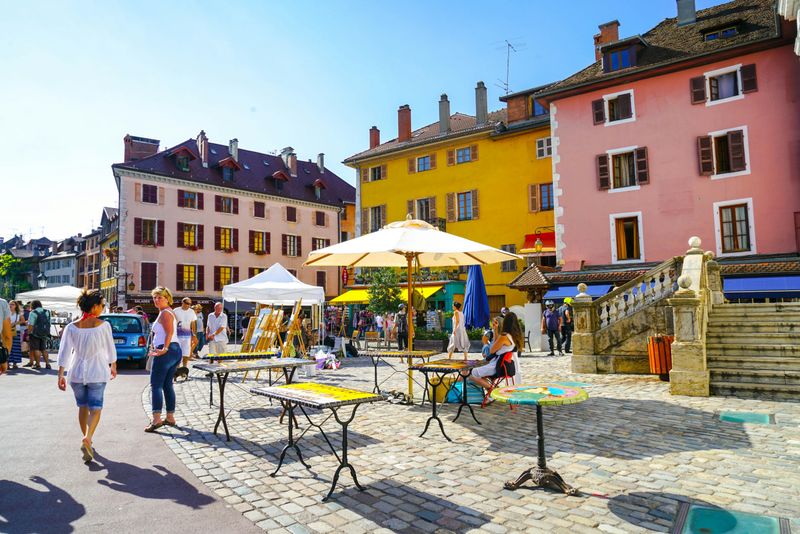
Picture Venice, but swap the gondolas for swans and add a backdrop of snow-capped Alps. That’s what awaits you in this Alpine paradise where crystal-clear canals wind through a medieval old town.
Cobblestone streets lead past pastel-colored buildings adorned with flower boxes, while the lake shimmers in shades of turquoise that seem almost unreal.
Summer brings paddleboarders and swimmers, while autumn paints the surrounding mountains in fiery hues.
2. Colmar
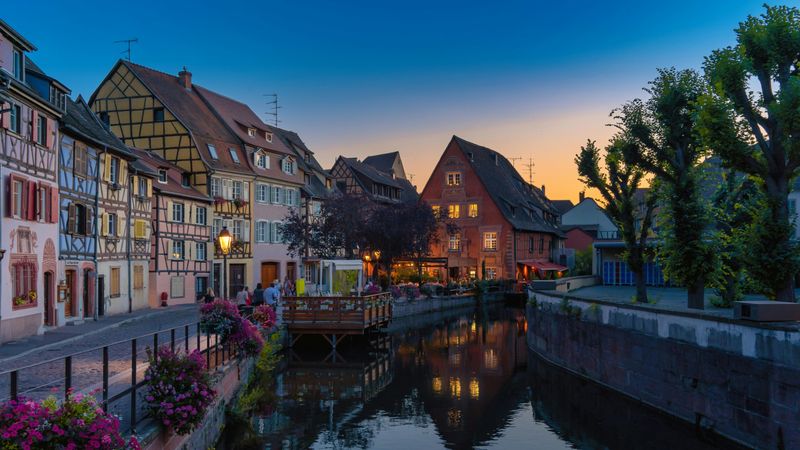
Strolling through this Alsatian treasure feels like stepping into a fairytale illustration. Half-timbered houses painted in candy colors lean over narrow canals, their reflections dancing on the water below.
The Little Venice quarter charms visitors with gondola rides and waterside cafés serving flammekueche, the region’s famous flatbread.
December transforms the town into a winter wonderland, with Christmas markets that could melt even the Grinch’s heart.
3. Reims
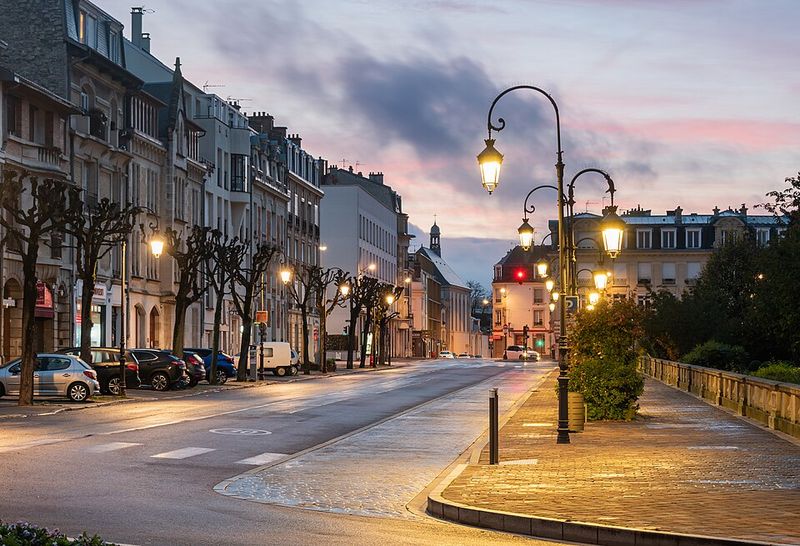
Bubbles aren’t just for celebrations here – they’re a way of life in the unofficial capital of champagne country. Beneath the city streets, miles of chalk cellars store millions of bottles aging to perfection.
Above ground, the cathedral where French kings once received their crowns still dominates the skyline with Gothic grandeur.
Tours of famous champagne houses like Veuve Clicquot and Taittinger end with tastings that’ll make you appreciate every sip.
4. Dijon
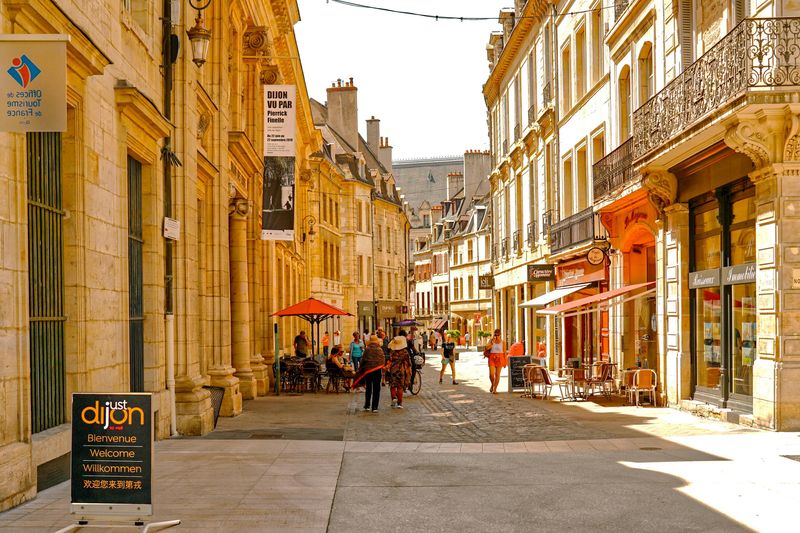
Yes, the mustard really does come from here, but reducing this Burgundian capital to a condiment would be criminal. Ornate mansions built by wealthy wine merchants line streets that haven’t changed much since the Middle Ages.
Those famous geometric roof tiles – glazed in green, yellow, and black – catch the sunlight like jewels on church spires and civic buildings.
Foodies flock here for escargot, boeuf bourguignon, and pain d’épices that locals have perfected over centuries.
5. Albi
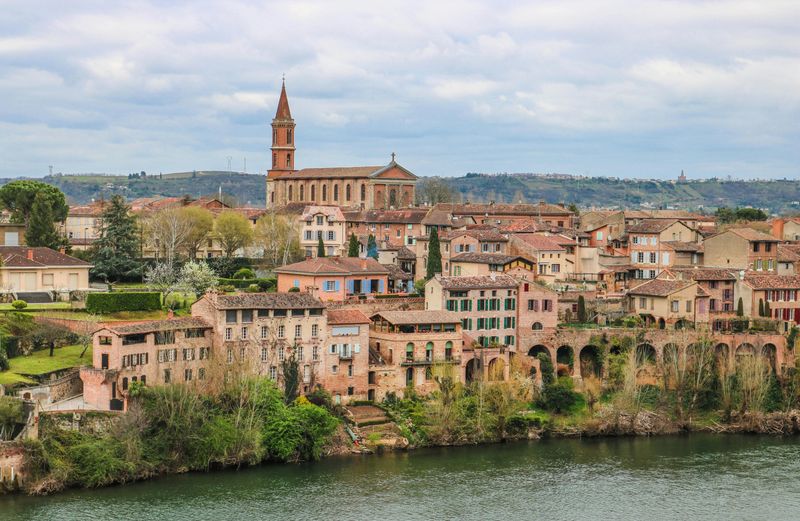
When sunlight hits the terracotta bricks covering this southern city, everything glows pink and orange like a permanent sunset.
The cathedral looks more like a fortress than a house of worship, with walls thick enough to withstand sieges.
Inside, though, vibrant frescoes cover every surface in what’s been called the Sistine Chapel of southern France.
The Toulouse-Lautrec Museum celebrates the city’s most famous son with the world’s largest collection of his provocative artwork.
6. Arles
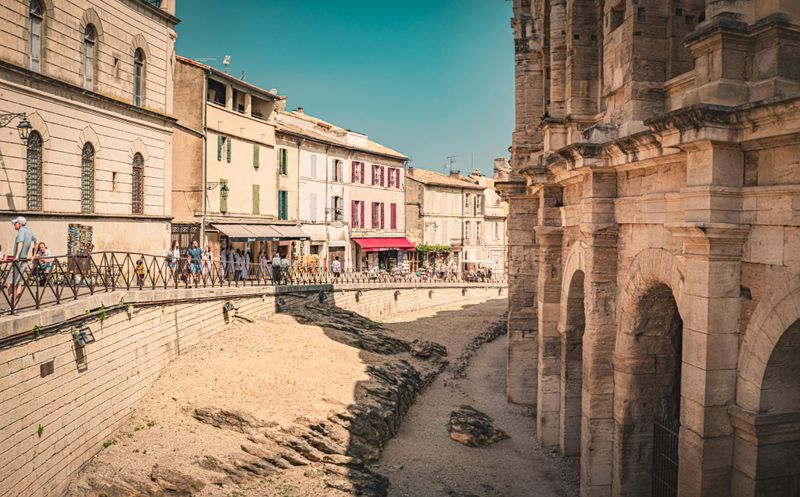
Van Gogh painted some of his most famous works during his time in this sun-drenched Provençal city, and you can still find the exact spots where he set up his easel.
Roman ruins pop up around every corner – an amphitheater, a theater, even ancient baths.
Saturday mornings bring one of France’s best markets, where vendors hawk everything from lavender soap to wheels of cheese bigger than your head.
The golden light that inspired Van Gogh still bathes the city in magic.
7. Metz
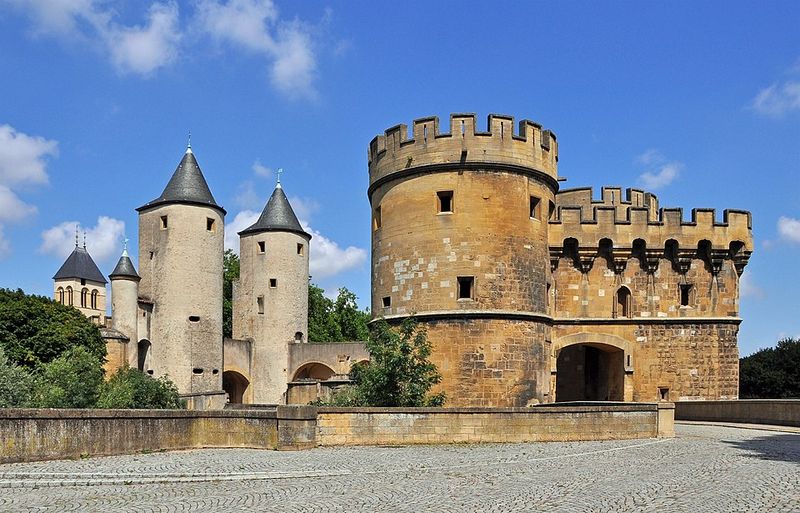
Where else can you find a futuristic art museum designed by a Pritzker Prize winner sitting comfortably beside a Gothic cathedral nicknamed “God’s Lantern”?
This border city blends French and German influences into something entirely unique.
The cathedral’s stained glass windows – some medieval, some by Marc Chagall – flood the interior with colored light that shifts throughout the day.
Evening strolls along the Moselle River reveal why locals consider their city one of France’s best-kept secrets.
8. Nancy
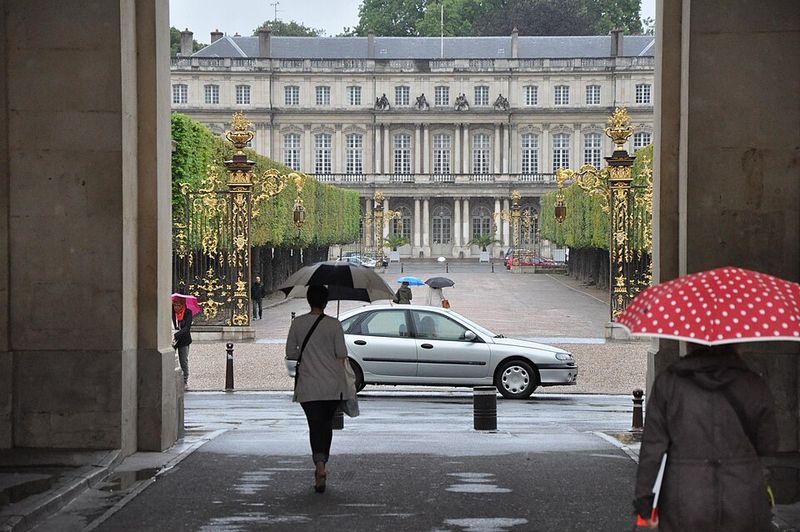
Art Nouveau enthusiasts will think they’ve died and gone to heaven in this eastern city where Émile Gallé and the Daum brothers pioneered the movement.
Place Stanislas might be the most elegant square in all of France, with gilded gates that gleam like jewelry.
The entire plaza earned UNESCO World Heritage status for good reason – baroque buildings frame the space with mathematical precision.
Museums dedicated to Art Nouveau glasswork and furniture showcase pieces that look too delicate to have survived a century.
9. Beaune
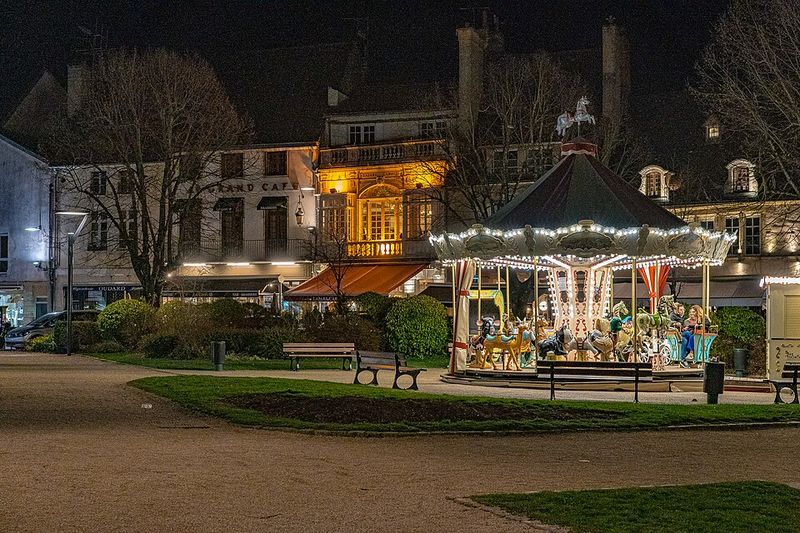
Wine lovers could spend weeks exploring the cellars and vineyards radiating out from this walled Burgundian town.
The Hospices de Beaune, a medieval charity hospital, still holds an annual wine auction that sets prices for the entire region.
Those multicolored roof tiles create patterns so mesmerizing you might forget to look at the Gothic architecture underneath.
Ramparts encircle the old town, perfect for sunset walks after a day of tasting Pinot Noir and Chardonnay.
10. Amiens
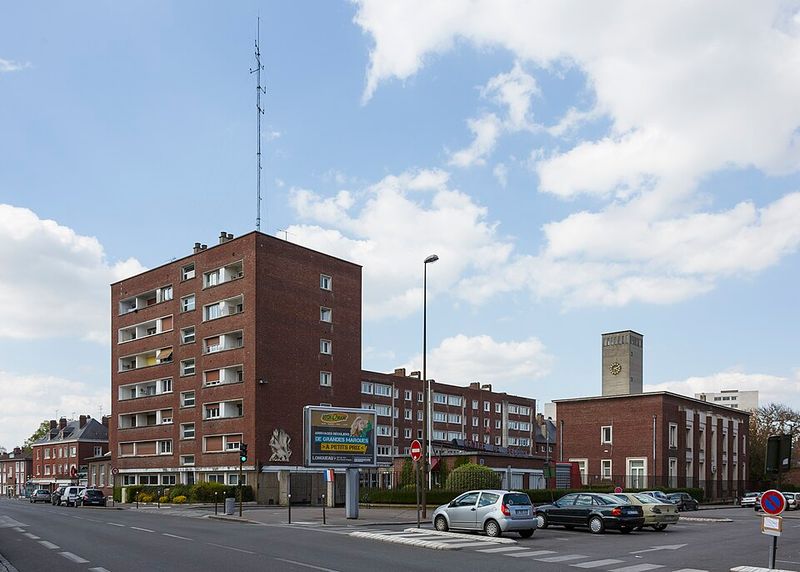
Housing the largest Gothic cathedral in France, this northern city often gets overlooked by travelers racing between Paris and Brussels.
The cathedral’s facade contains so many carved figures that medieval pilgrims called it “the Bible in stone.”
Behind the city, a network of floating gardens crisscrossed by canals offers a peaceful escape where locals have grown vegetables for centuries.
Jules Verne spent the last decades of his life here, and his quirky house-museum celebrates the author’s wild imagination.
11. Besançon
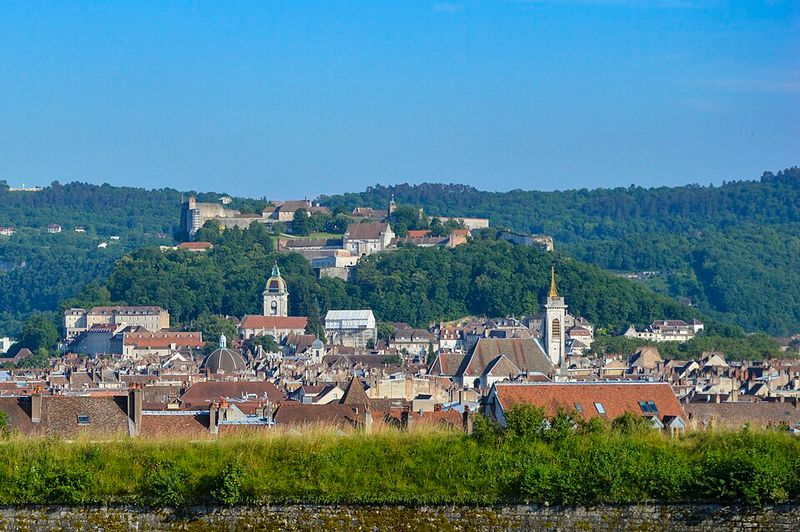
Wrapped in a horseshoe bend of the Doubs River and crowned by a hilltop fortress, this eastern city has geography working in its favor.
The Vauban Citadel, a UNESCO site, offers panoramic views that stretch all the way to the Alps on clear days.
Besançon’s watchmaking heritage runs deep – precision timepieces have been crafted here for centuries.
Museums explore everything from timekeeping to the French Resistance, while the old town’s Renaissance architecture provides plenty of eye candy.
12. Moustiers-Sainte-Marie
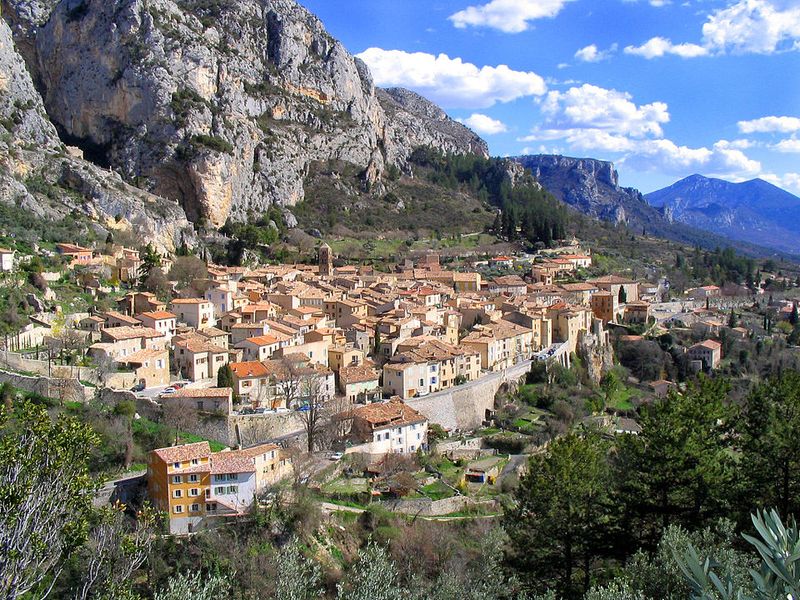
A golden star hangs on a chain stretched impossibly between two cliff faces above this Provençal village – legend says a knight hung it there after returning from the Crusades.
Faience pottery has been crafted here since the 17th century, and shops still sell hand-painted ceramics in traditional blue and white.
The setting alone justifies the visit, but the pottery makes for souvenirs you’ll actually want to display.


